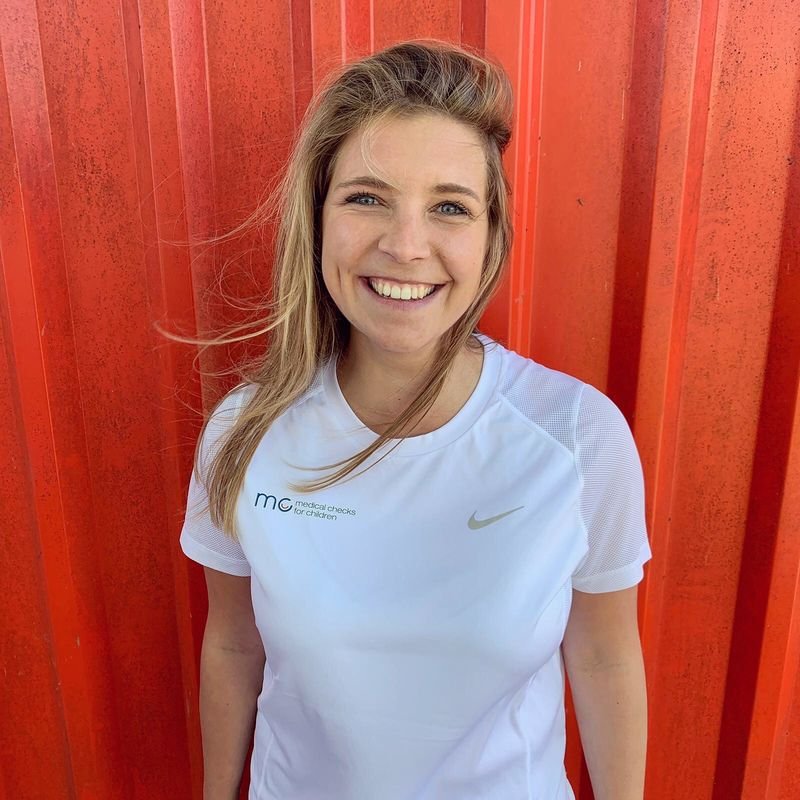Sophie Schretlen

Sophie obtained both her BSc and MSc degree in Biomedical Sciences, and the Biology of Cancer and Immune system, respectively, at the Rijksuniversiteit Groningen. Her first master project entailed the induction of chromosomal aberrations thereby studying the selective advantages and consequences in aneuploidy at the lab of Floris Foijer, ERIBA Groningen. Next, she studied the unfolded protein response during heat shock and the corresponding phase-phase separation of these proteins in nucleoli at the lab of Mark Hipp, UMCG.
As a PhD student, she now focuses on Hodkgin Lymphoma (HL) in collaboration with the biotech company Xilis. HL is the most common lymphoma subtype in children and young adults between 15 and 19 years old. Although the cure rates for pediatric HL currently exceed 80%, survivors are confronted with chronic health problems due to high-dose radio- and chemotherapy. Therefore, the development of more targeted and less toxic treatment is required.
The tumor cells underlying HL are morphologically aberrant multinuclear GC-B cells, termed Hodgkin Reed-Sternberg cells (HRS). These HRSs are typically surrounded by T-cells which protect and promote their survival, a phenomenon described as T-cell rosetting. Because this HRS-microenvironment interplay is vital for these cancers to evolve and propagate, breaking bonds of the rosettes poses a major target for new interventions.
To accurately reflect the complex micro-environment and cell-cell interactions, we utilize a 3D micro-organospheres (MOS)™ model from Xilis Bv. that allows studying biomolecular pathways underlying HL evolution and heterogeneous treatment responses in cell lines and patient samples. Our HL-MOS model may therefore contribute to the exploration of more targeted and less toxic treatments for children suffering from HL.


